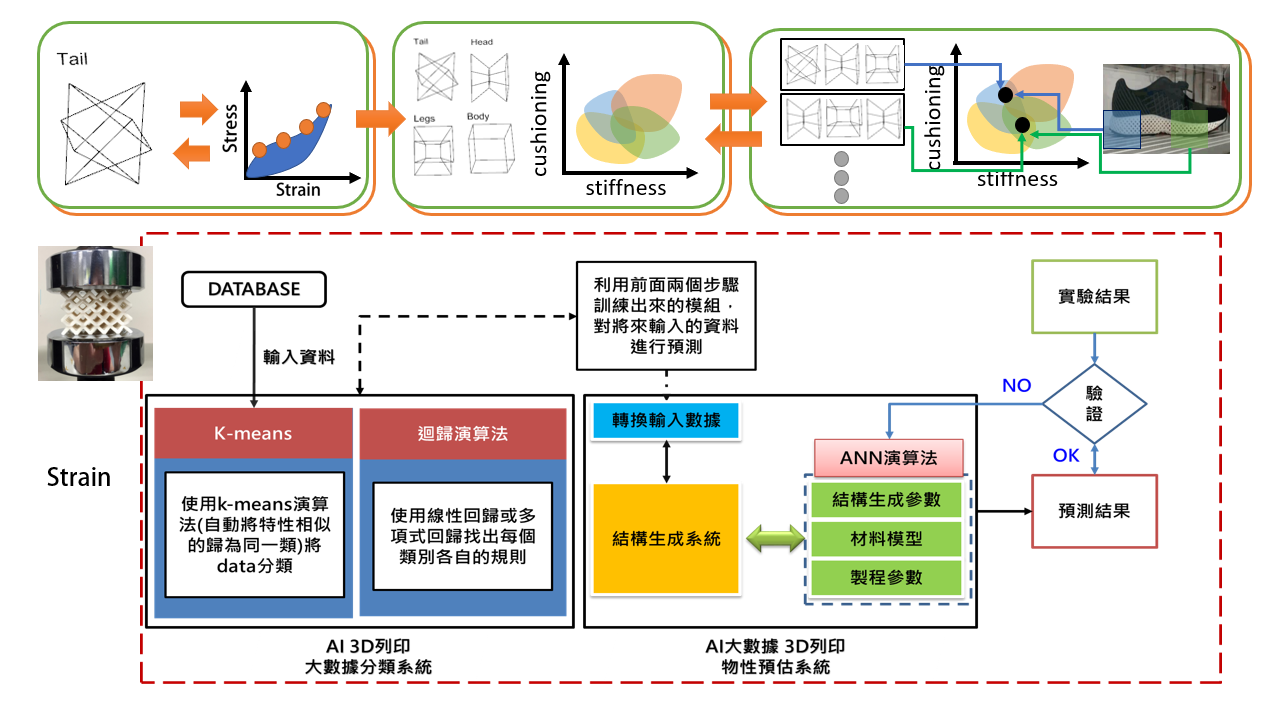| Summary |
Learned from simulation results of bio-inspired microstructures, we create convolution neural networks (CNN) as the predictive model to predict the Young's modulus and failure modes of composite materials, which can be taken as an efficient tool to provide our bio-inspired design platform rapidly screen out the structural bio-materials with superior performance. In addition, with the predictive model integrated with the genetic algorithm (GA), we create a framework to directly generate both high-strength and high-toughness material designs within the design space from several iterations of evolution, bypassing the traditional development of structural materials. We also create another framework to rapidly generate high-performance bio-inspired materials using generative adversarial networks (GAN) to learn the relation of toughness, strength and topologies from simulation results. The above frameworks make significant breakthroughs for the development of materials in the future. |
| Scientific Breakthrough |
This technique integrates bio-inspired materials and artificial intelligence into new frameworks of composite material design based on the machine learning models trained on the dataset from multiscale simulations. The material design system, distinguished from the traditional and rigid design thinking, introduced with AI can generate bio-inspired structural material designs efficiently and abundantly, following the spirit of data science to materialize the characteristics of bio-materials in the designs. |
| Industrial Applicability |
This technique integrates bio-inspired materials science and artificial intelligence into predictive systems, design systems, and application systems of composite material properties. The material genome database used in those systems can be further transferred to the base of new composite designs in the future, which could make breakthroughs in the development of the engineering materials nowadays and improve the competitiveness of the relative industries of Taiwan. This technique has been implemented into several industrial application in Taiwan, including 3D printing footwear design, manufacture of drones. Besides, the same framework can be transferred into other industries that rely on the user-demands, for instance, medical aids, which can create huge amount of practical value. |

